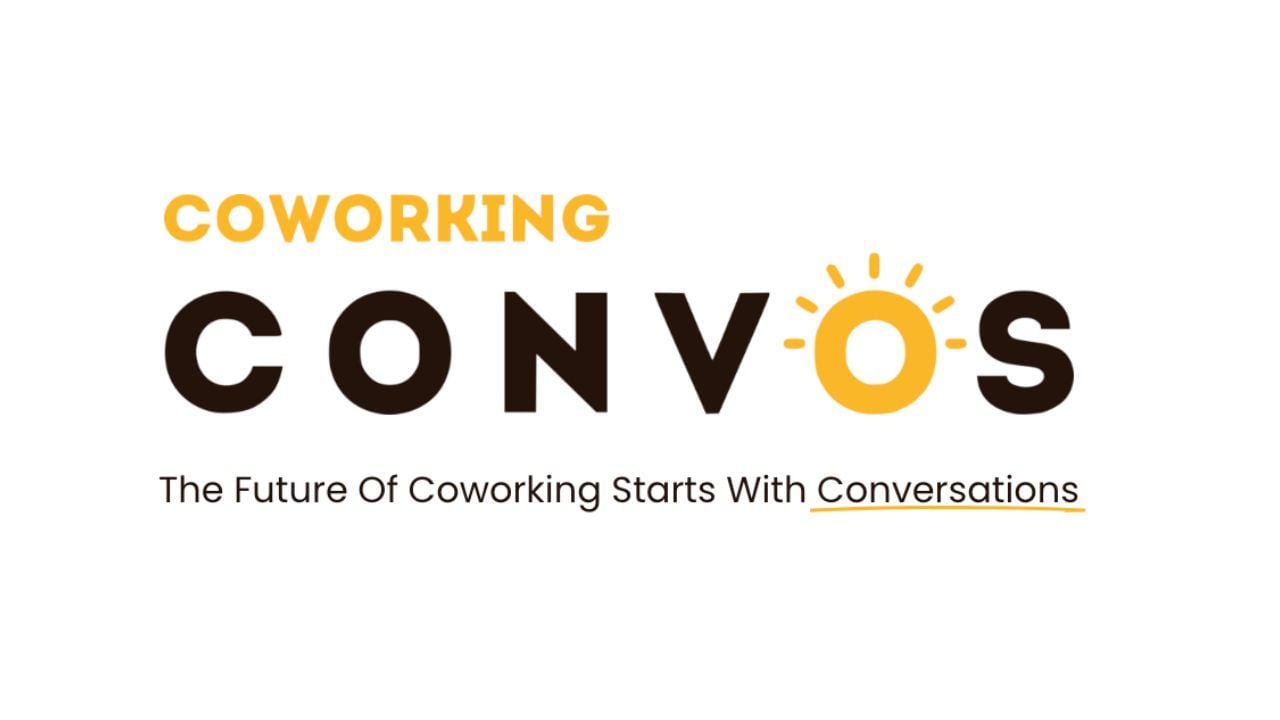This month, we’re all about community–how to build it, how to nurture it, how to strengthen it, how to sustain it.
Most coworking and workspace memberships come with their fair-share of freebies or perks. Some of these perks might be a given, like wifi; others, however are more of an add-on to help members feel comfortable and valued.
“People need to feel comfortable in their surroundings to get their best work done. Providing basic hospitality like coffee and tea is an easy way to make a workspace more welcoming.” – Iris Kavanagh, workspace community expert
In order to create a community, workspace members need to be engaged with their surroundings and the people around them. The more time workers spend in your space, the more likely they are to engage with others and the more likely they are to feel a part of your workspace brand.
We reached out to Iris Kavanagh to better understand the philosophy of offering free perks with workspace memberships and when these perks should come at an additional cost.
Why do you believe offering free perks with a membership is a smart strategy for workspace operators?
People need to feel comfortable in their surroundings to get their best work done. Providing basic hospitality like coffee and tea is an easy way to make a workspace more welcoming.
Additionally, when spaces offer healthy snacks, they offer their members a chance to work just a little longer than if they have to head out to go get something to snack on or eat. Providing snacks can also indirectly encourage members to bring in food for fellow members, which can lead to a rich sense of community, engagement, and pride.
Workspace operators can encourage members to bring in snacks for each other by designating a space in the kitchen or breakroom as the “community” area, where people are encouraged to leave a little something or take a little something.
I have had members bake goodies, stop at bakeries, order muffin deliveries and bring in fruit from their trees to share with fellow members
So, what types of perks should a membership include (those that should be free no matter what)?
Depending on the model, I recommend workspace operators offer access to coffee, tea, filtered water, a fridge, and a dry cabinet for personal food storage. Wifi is a given, people are in your workspace to work–wifi is a necessity for most workers today to get their work done efficiently. I would also suggest offering a limited amount of meeting room hours and printing services for each level of membership.
On this note, depending on the model I would invite operators to reframe the idea of ‘free perks’ and rather think of what’s ‘included’ with the membership. In most coworking and other workspace options, members are paying for the all inclusive membership, so for operators, reframing the idea of ‘free’ coffee or wifi, to ‘included’ makes sense from the members’ perspective.
Which workspace perks (add-ons) should workspace operators charge for? Why should these come at an additional cost?
Offerings for members can be ones that enhance both their personal and also their professional lives. For business perks, I would suggest operators offer access to discounts for services such as virtual assistants, dedicated phone lines, business coaching, Notary Public services, web hosting, colocation services, mail forwarding and processing, access to loan and financial resources through a local bank or SBA, car and bike share memberships, discounts for office supplies.
On the personal side, I recommend partnering with a local gym to offer discounted gym passes to workspace members, offering yoga lessons in the large meeting rooms, inviting a massage therapist to visit once or twice per week, discounts and coupons to visit local businesses, onsite meditation classes, and happy hours.
What if members abuse free-of-charge perks? How can community managers handle these situations?
Communication is the most effective tool with members.
When an operator communicates their intention or business needs to members in a clear way, explaining that they are also running a business, members get it. So make sure to communicate up front, preferably during the onboarding process, how perks are distributed and what expectations they should have around usage.
Additionally, community managers will find that ‘super members’ (those who are the most helpful or engaged with the space) will usually keep an eye out on things and might reach out to fellow members if they feel they are overstepping any lines.
However, to prevent these types of situations, I recommend operators run all perks through a POS or member management system. Community managers can create discount codes for members to use certain perks for free and that way they can track what each member uses, when they mostly use it, and what they are in need of the most.
Any other recommendations on the member usage and distribution side?
I recommend that community managers stay open and honest with members. If someone is taking advantage of a free perk, tell them that! One key element of a healthy and strong community is being able to communicate clearly with one another and to have the trust to reach out to people in both good and bad situations.
With that in mind, feel free (pun intended) to invest in some quality coffee and to take the time to form partnerships with local businesses.

 Dr. Gleb Tsipursky – The Office Whisperer
Dr. Gleb Tsipursky – The Office Whisperer Cat Johnson – Coworking Marketing Maven
Cat Johnson – Coworking Marketing Maven Angela Howard – Culture Expert
Angela Howard – Culture Expert Drew Jones – Design & Innovation
Drew Jones – Design & Innovation Andrea Pirrotti-Dranchak – Competitive Advantage
Andrea Pirrotti-Dranchak – Competitive Advantage Jonathan Price – CRE & Flex Expert
Jonathan Price – CRE & Flex Expert Jeremy Fennema – Tech Innovation Alchemist
Jeremy Fennema – Tech Innovation Alchemist












